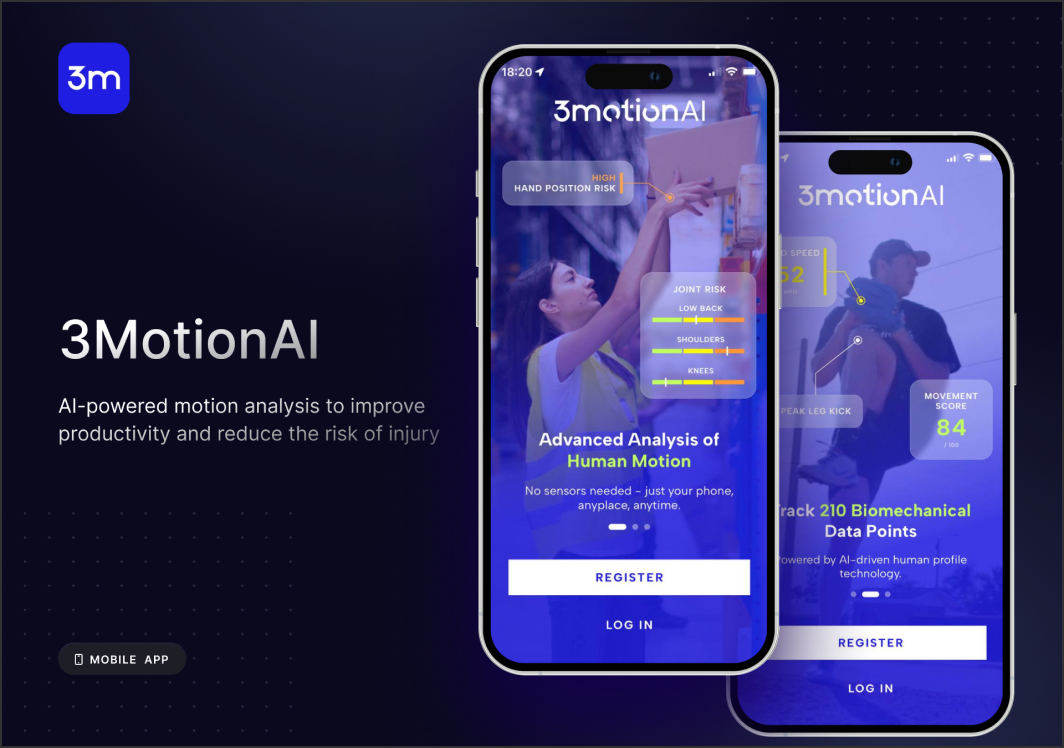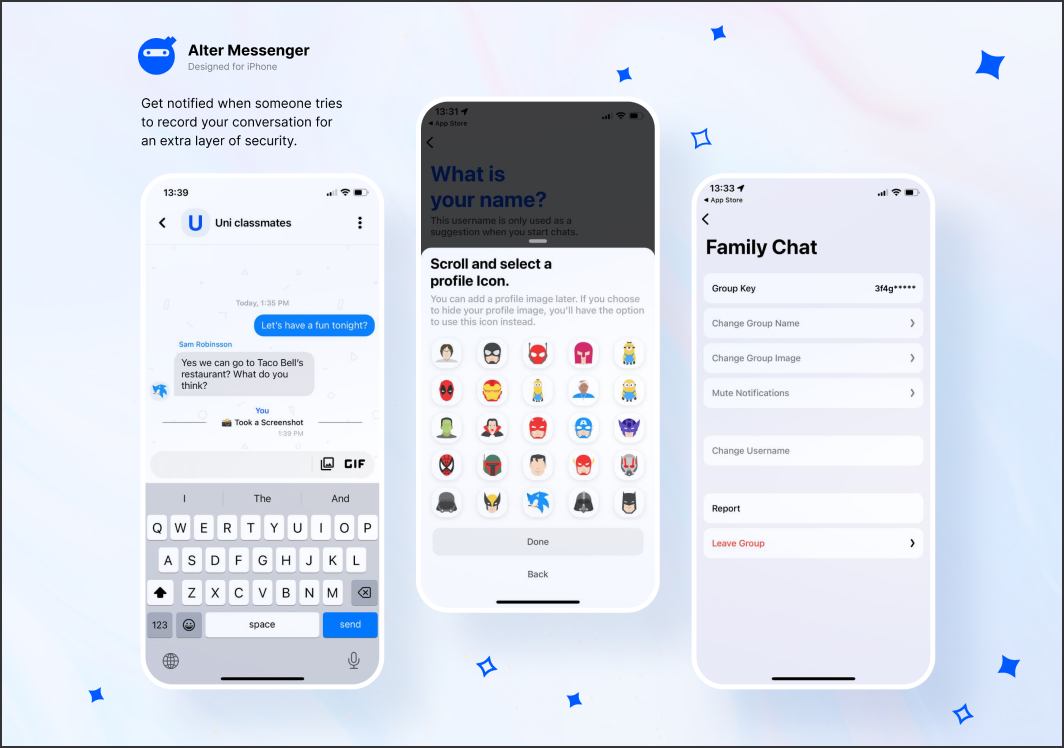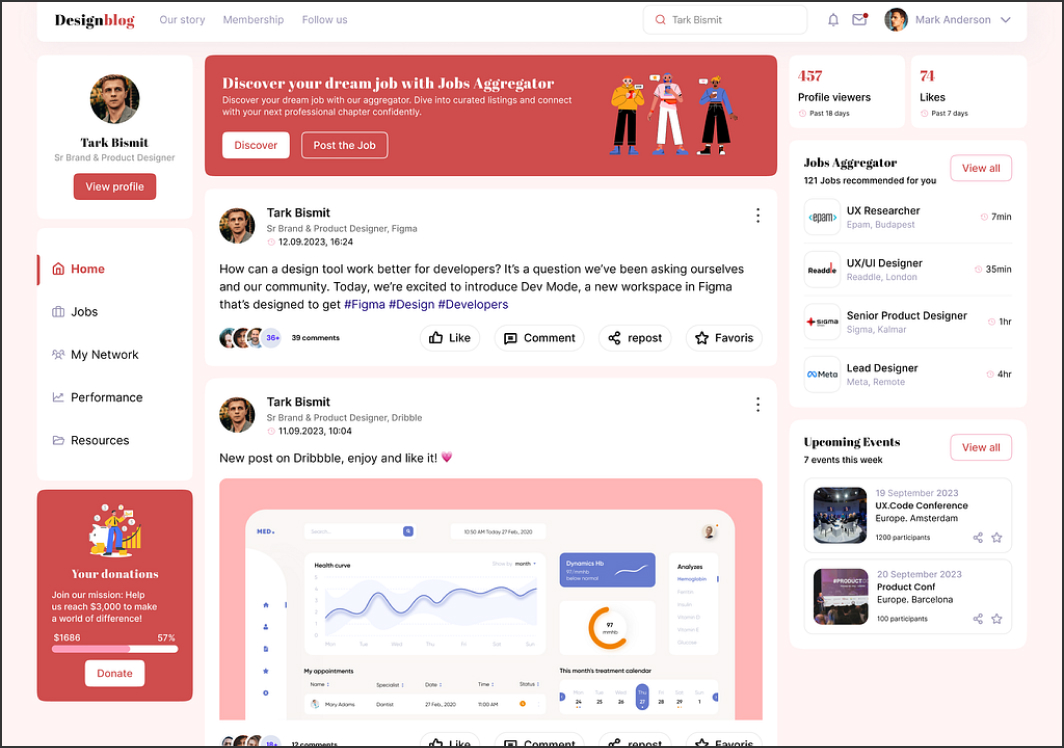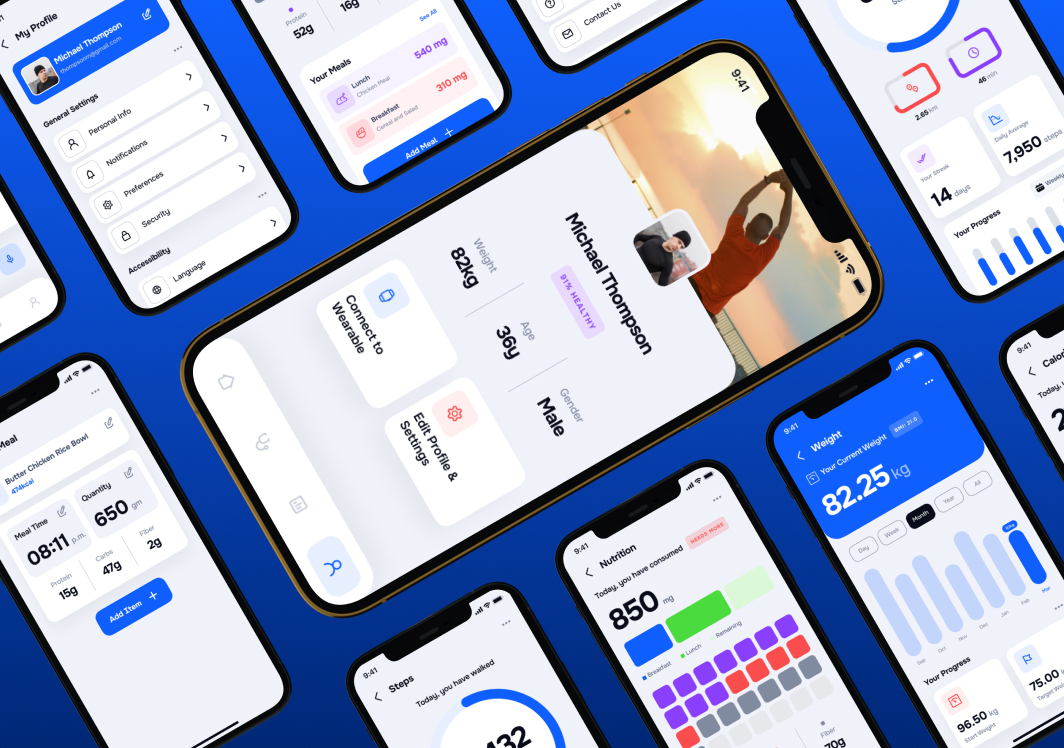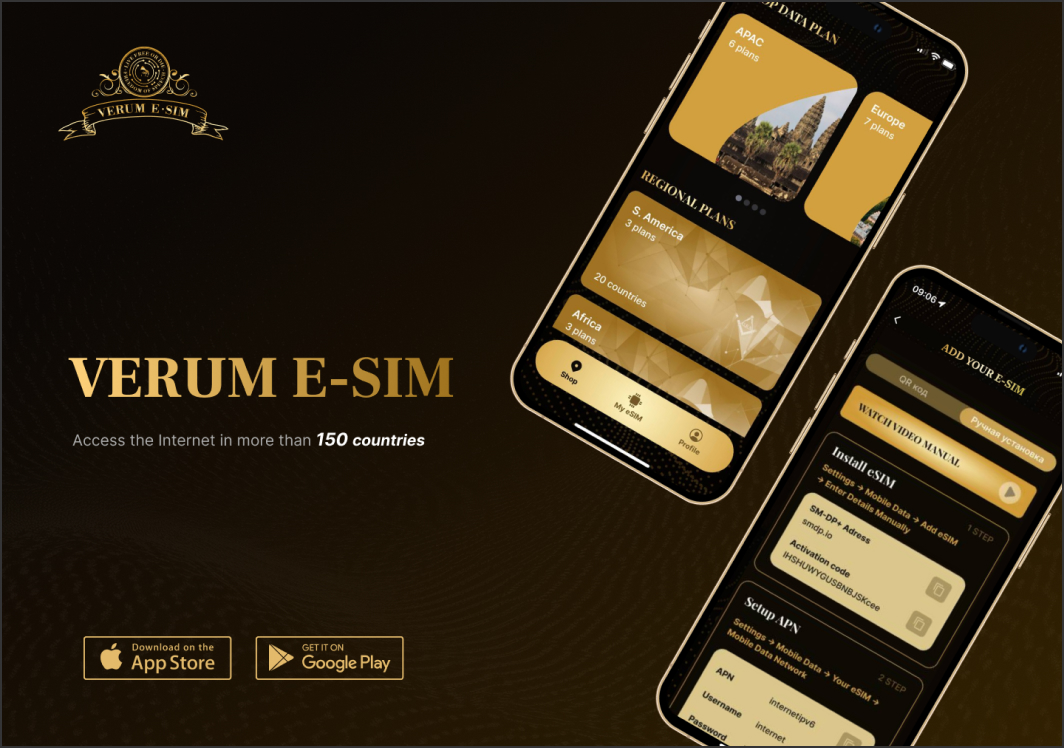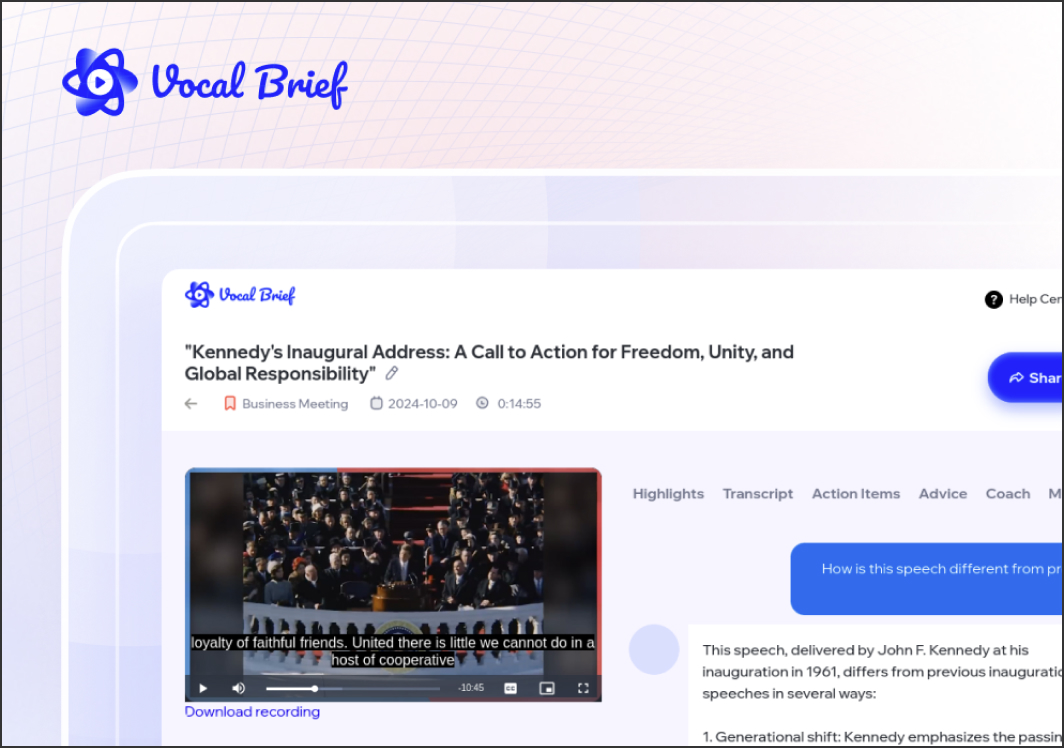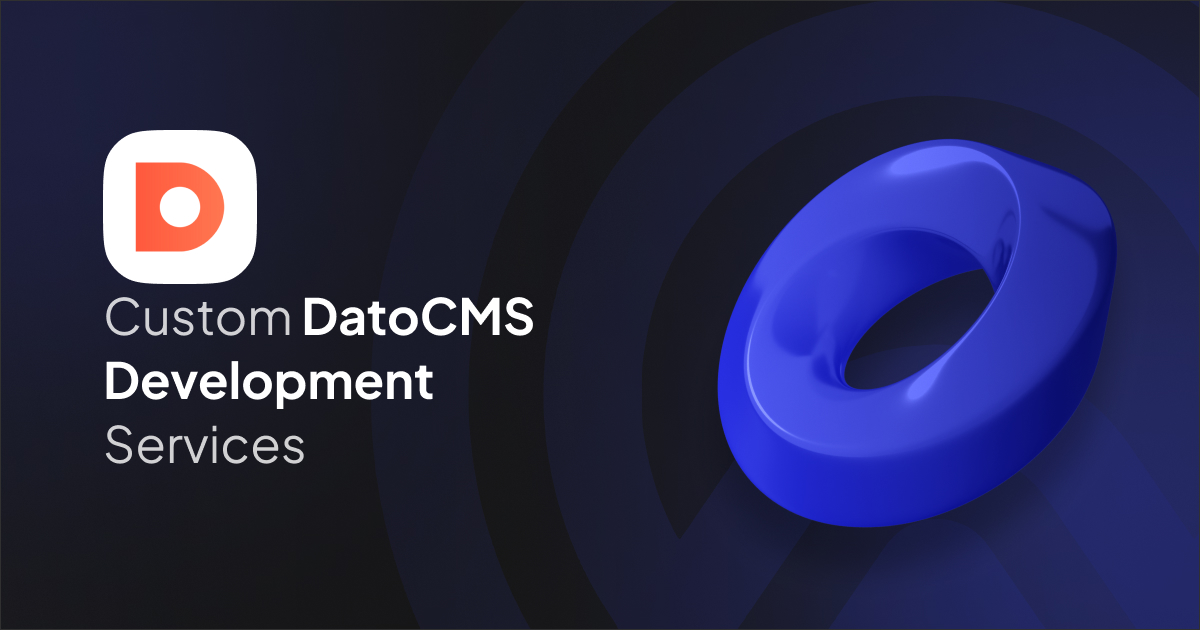DatoCMS is a headless CMS that separates content management from presentation, delivering content via APIs to any front-end framework. Unlike traditional CMS platforms like WordPress, which tie content to predefined templates, DatoCMS provides a decoupled architecture. This allows developers to use modern tools like React or Next.js while content creators manage updates through an intuitive dashboard. Compared to other headless CMS platforms like Contentful or Strapi, DatoCMS shines with its simplicity and robust feature set.
Key Features of DatoCMS
DatoCMS is packed with features that streamline content management and delivery.
Intuitive Content Editor
The user-friendly interface empowers non-technical users to create and edit content effortlessly, making it ideal for marketers and editors.
API-First Approach
With REST and GraphQL APIs, DatoCMS delivers content to websites, mobile apps, and IoT devices, ensuring flexibility across platforms.
Modular Content Blocks
Reusable content blocks allow teams to structure complex layouts, supporting diverse content types like blogs, product pages, or portfolios.
Real-Time Collaboration
Teams can work simultaneously on content, with real-time updates ensuring smooth workflows.
Multilingual Support
Built-in localization tools simplify managing content in multiple languages, perfect for global audiences.
Media Management
DatoCMS optimizes images and videos automatically, reducing load times and enhancing user experience.
Benefits of Using DatoCMS
DatoCMS offers compelling advantages for modern digital projects.
Flexibility for Developers
Developers can integrate DatoCMS with frameworks like React, Vue.js, or Angular, building custom front-ends while leveraging robust APIs.
Simplified Content Management
The intuitive dashboard reduces the learning curve, allowing content teams to update websites or apps without developer support.
Scalability
From small blogs to enterprise applications, DatoCMS handles growing traffic and complex needs seamlessly.
SEO Optimization
Fast APIs, automatic image optimization, and structured data support boost search engine rankings and website performance.
Cost-Effectiveness
With flexible pricing, DatoCMS suits startups and large businesses, offering value without compromising features.
Use Cases for DatoCMS
DatoCMS supports a wide range of projects, including:
- E-commerce Websites: Manage product catalogs and deliver content across web and mobile channels.
- Media and Publishing: Streamline workflows for articles, videos, and multimedia content.
- Corporate Websites: Build scalable, professional sites with complex integrations.
- Mobile Apps and IoT: Deliver API-driven content to apps and smart devices.
- Multilingual Projects: Support global audiences with localized, multilingual content.
How DatoCMS Works
DatoCMS simplifies content management and delivery. Content creators use the dashboard to input text, images, or videos, organizing them into modular blocks. Developers access this content via REST or GraphQL APIs, integrating it into custom front-ends built with tools like Next.js or Gatsby. The platform supports real-time updates, ensuring changes reflect instantly across all channels, from websites to mobile apps.
DatoCMS vs. Other Headless CMS Platforms
Compared to Contentful, DatoCMS offers a more intuitive interface for non-technical users. Against Strapi, it excels in out-of-the-box features like multilingual support. Prismic is similar, but DatoCMS’s modular blocks and real-time collaboration give it an edge for team workflows. DatoCMS is ideal for projects needing simplicity, scalability, and robust APIs.
Getting Started with DatoCMS
Setting up DatoCMS is straightforward:
- Create an account and set up a project.
- Define content models to structure your data.
- Use APIs to connect content to your front-end.
- Leverage plugins for analytics, SEO, or e-commerce integrations.
DatoCMS offers extensive documentation, a supportive community, and plugins to streamline development.
DatoCMS and SEO Performance
DatoCMS enhances SEO with fast APIs that reduce page load times, automatic image optimization, and structured data for better search engine crawling. Content teams can manage meta tags and URLs directly, ensuring websites rank higher on Google and attract organic traffic.
Future Trends for DatoCMS
In 2025, DatoCMS is embracing trends like AI-driven content personalization and Jamstack architectures. Integrations with machine learning tools enable predictive content delivery, while serverless setups enhance performance. These advancements position DatoCMS as a future-proof solution for evolving digital needs.
Real-World Examples
Businesses like e-commerce brands and media outlets use DatoCMS to power dynamic websites. For instance, a global retailer used DatoCMS to manage multilingual product listings, boosting traffic by 30%. A news platform streamlined its publishing workflow, reducing content updates from hours to minutes. These examples highlight DatoCMS’s ability to deliver measurable results.
Conclusion
DatoCMS is a powerful headless CMS that combines flexibility, scalability, and ease of use. Its API-driven architecture, intuitive editor, and SEO-friendly features make it a top choice for 2025. Whether you’re launching a blog, e-commerce site, or mobile app, DatoCMS empowers teams to create engaging digital experiences. Explore its free trial or dive into its documentation to see how DatoCMS can transform your next project.
DatoCMS Overview
DatoCMS Key Features
| Feature | Value |
|---|---|
| Self hosted | ❌ |
| Data driven | ✅ |
| Free | ✅ |
| Git based | ❌ |
| Saas | ✅ |
| Cloud | ✅ |
| Cloud based | ✅ |
| Localization multilingual | ✅ |
| Open source | ❌ |
| Graphql | ✅ |
| Page builder | ✅ |
| User roles permissions | ✅ |
| Content scheduling | ✅ |
| Webhooks | ✅ |
| Media library | ✅ |
| Dark mode | ✅ |
| Customizable api | ✅ |
| In app marketplace | ❌ |
| Sso enterprise | ✅ |
DatoCMS Tech Stack
| Tech Stack | |
|---|---|
| Backend: | DatoCMS proprietary SaaS |
| Database: | Cloud-native, structured content DB |
| API: | GraphQL, REST |
| Frontend Friendly: |
|
DatoCMS GitHub Statistics
| Repository: | https://github.com/datocms |
| Stars: | ⭐ 600+ |
| Open PRs: | 10+ |
| Open Issues: | 20+ |
DatoCMS Use cases
- Global marketing websites
- eCommerce storefronts
- Multilingual enterprise sites
- Landing page builders
- SEO-optimized JAMstack platforms
DatoCMS Integrations
- Vercel
- Netlify
- Imgix
- Algolia
- Cloudinary
DatoCMS Authentication methods
- Email & Password
- API Tokens
- SSO (SAML, Okta, Azure)
DatoCMS Security features
- Role-based access control
- Audit logs
- SSO & 2FA
- ISO 27001 compliant
DatoCMS Testing tools
- GraphQL Playground
- Content preview URLs
- REST client tools
DatoCMS Localization
- Enabled: True
- Interface:
- en
- fr
- de
- es
- it
- ja
- Content Translations: True
DatoCMS Analytics
- Built-in: False
- Integrations:
- Google Analytics
- Segment
- Plausible
DatoCMS Versioning
- Content: True
- API: True
DatoCMS Additional Info
- License: Commercial SaaS (Free tier available)
- Status: active
- Pricing: Free Plan – True, Paid From – $199/month, View Pricing
- Content Modeling UI: Visual schema builder for models, fields, validations & modular blocks
DatoCMS Screenshots
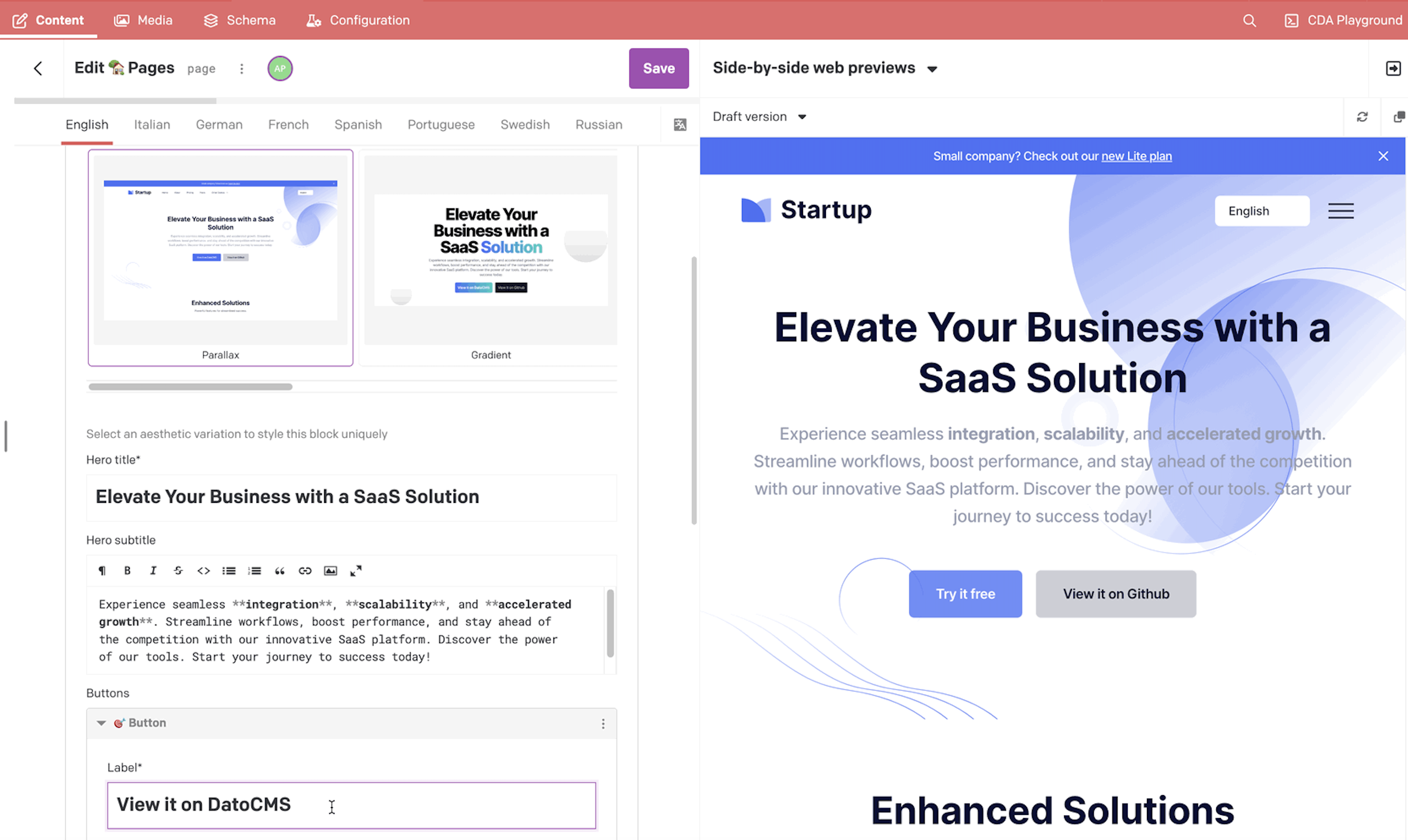
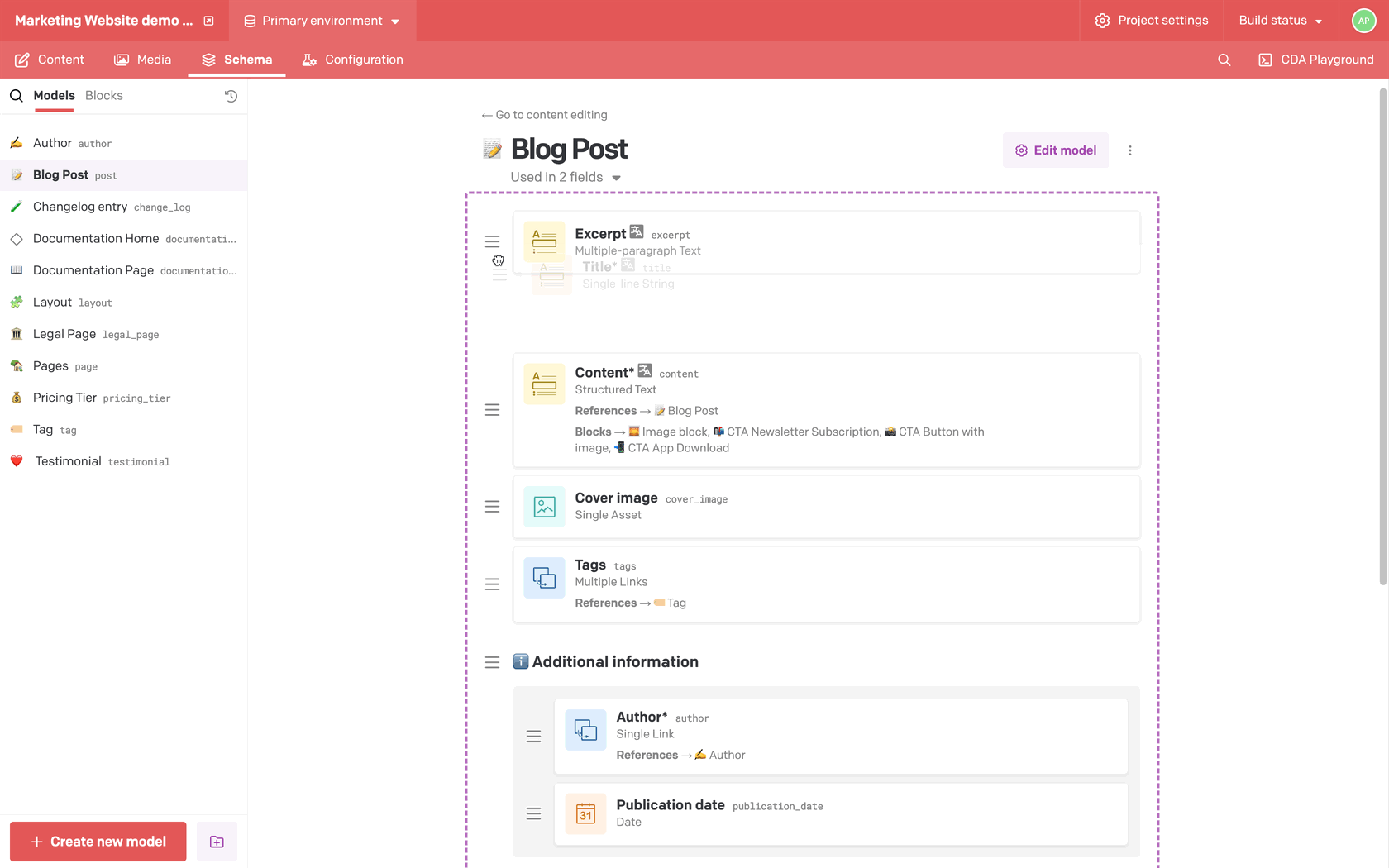
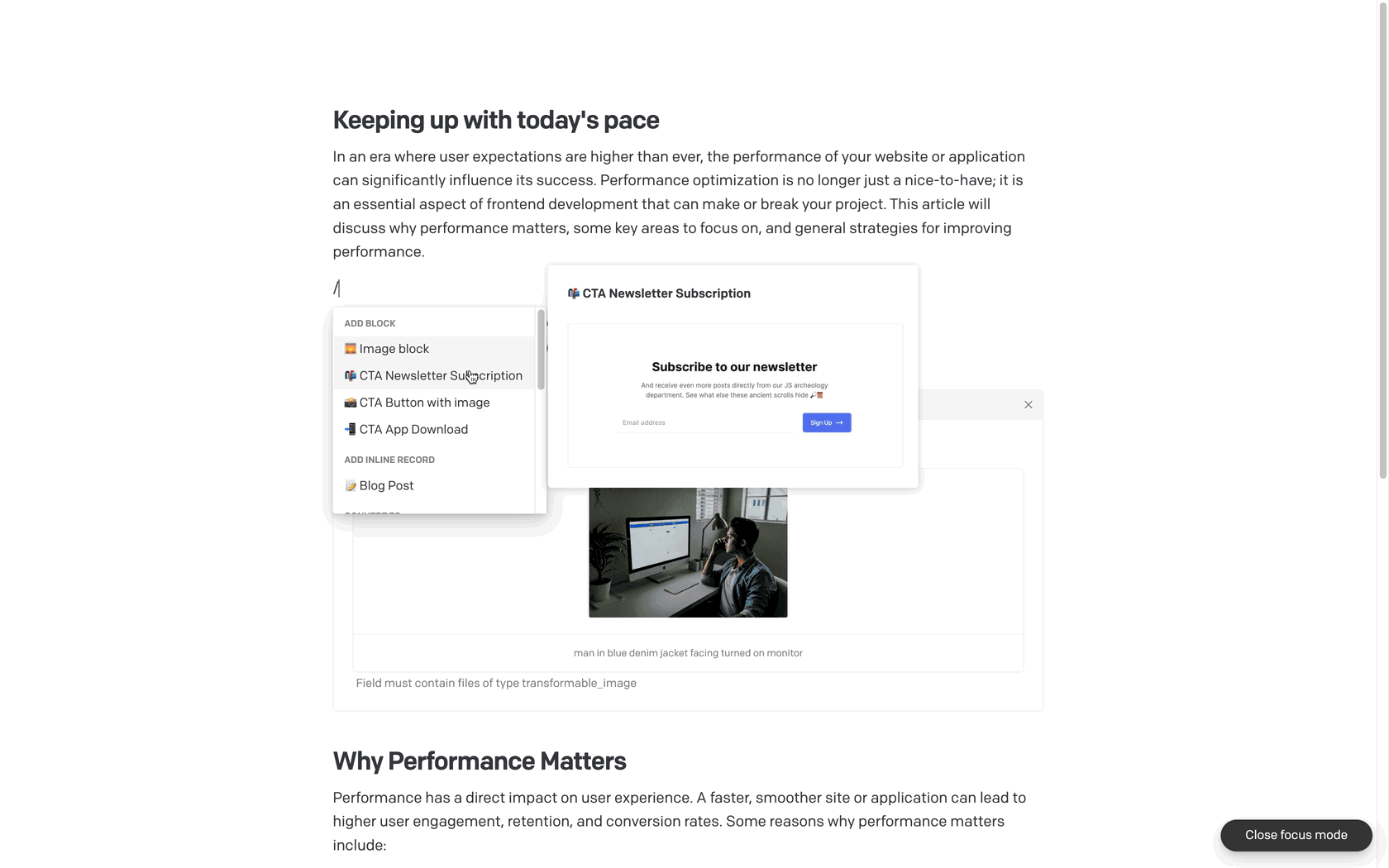
DatoCMS Resources
Page Updated: 2025-07-29















